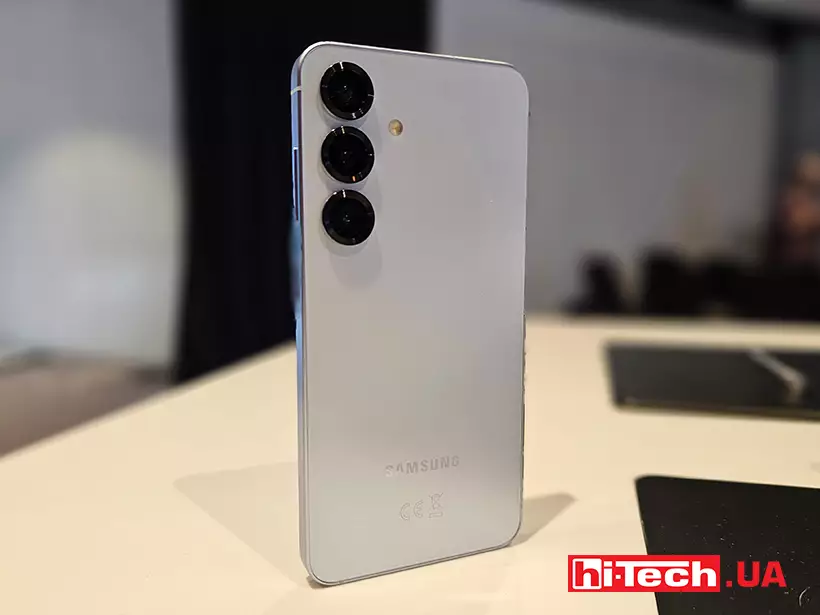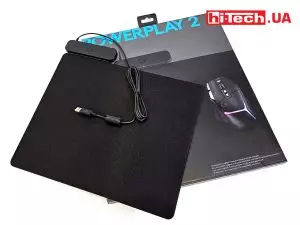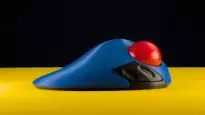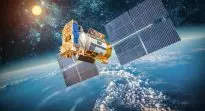Samsung introduces 3-in-1 wireless charging with Qi2 support for Galaxy S25 smartphones
27.01.25
Samsung has announced its new flagship smartphones: the Galaxy S25, Galaxy S25+ and Galaxy S25 Ultra, which have received Qi2 Ready certification.
Support for the Qi2 standard ensures compatibility with new wireless chargers, but requires the use of branded cases with Qi2 magnets for optimal performance.
Samsung also introduced a new 3-in-1 wireless charger, model WWA-T420, specially designed for the Galaxy S25 and related gadgets, such as:
- Galaxy Watch,
- Galaxy Buds or other compatible headphones,
- Galaxy Ring.
The device supports charging smartphones with a power of up to 15 W and uses Magnetic Power Profile (MPP) technology for precise alignment of devices.
New Charger Models
- WWA-T420 — 3-in-1 Wireless Charger:
- Charges smartphone, watch, and headphones simultaneously.
- Uses Qi2 and magnets for precise alignment.
- WWA-T430 — Wireless Car Charger:
- Mounts on car vents.
- Supports fast charging up to 15W.
Samsung also announced the Magnetic Case, a case with built-in magnets for proper alignment via the Qi2 MPP system.
Prices and availability dates for the new accessories have not yet been announced, but they are expected to become available alongside the Galaxy S25 series.
Don't miss interesting news
Subscribe to our channels and read announcements of high-tech news, tes
Logitech G Powerplay 2 wireless charging pad review

Logitech has great wireless mice, and there’s also the G Powerplay 2 wireless charging mat that will keep them charged right while you’re using them.
The Ploopy Classic 2 trackball mouse with a 3D-printed body costs $145 3D mouse printer
Canadian company Ploopy, which specializes in the development of open-source accessories, has introduced the Classic 2 – an updated version of the trackball.
Apple and SpaceX are actively competing for satellite communications services Apple Elon Musk
Apple and SpaceX are in a race to become the leader in satellite communications for mobile devices. Both companies are aiming to eliminate cellular blackouts using satellite technology.


